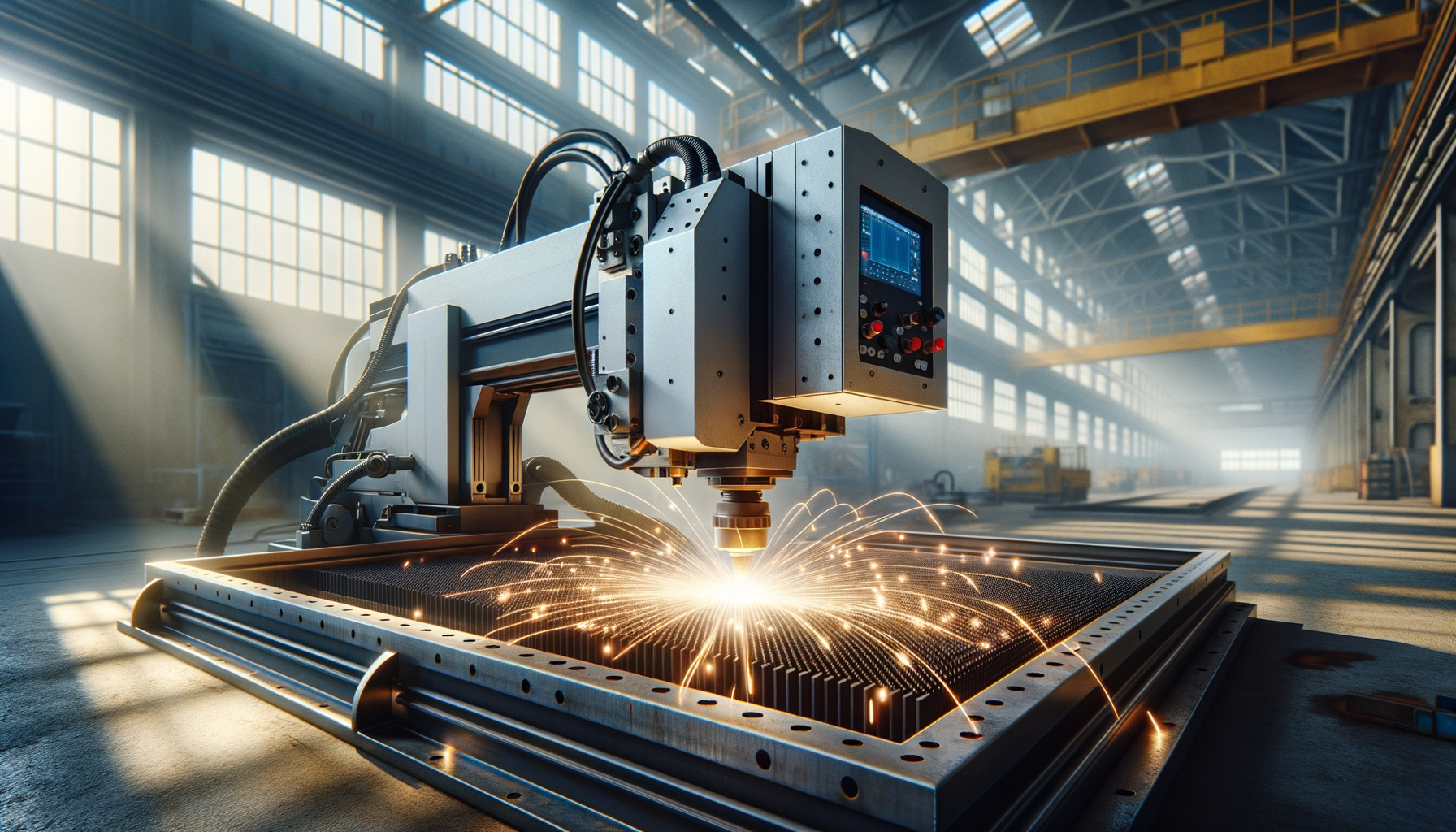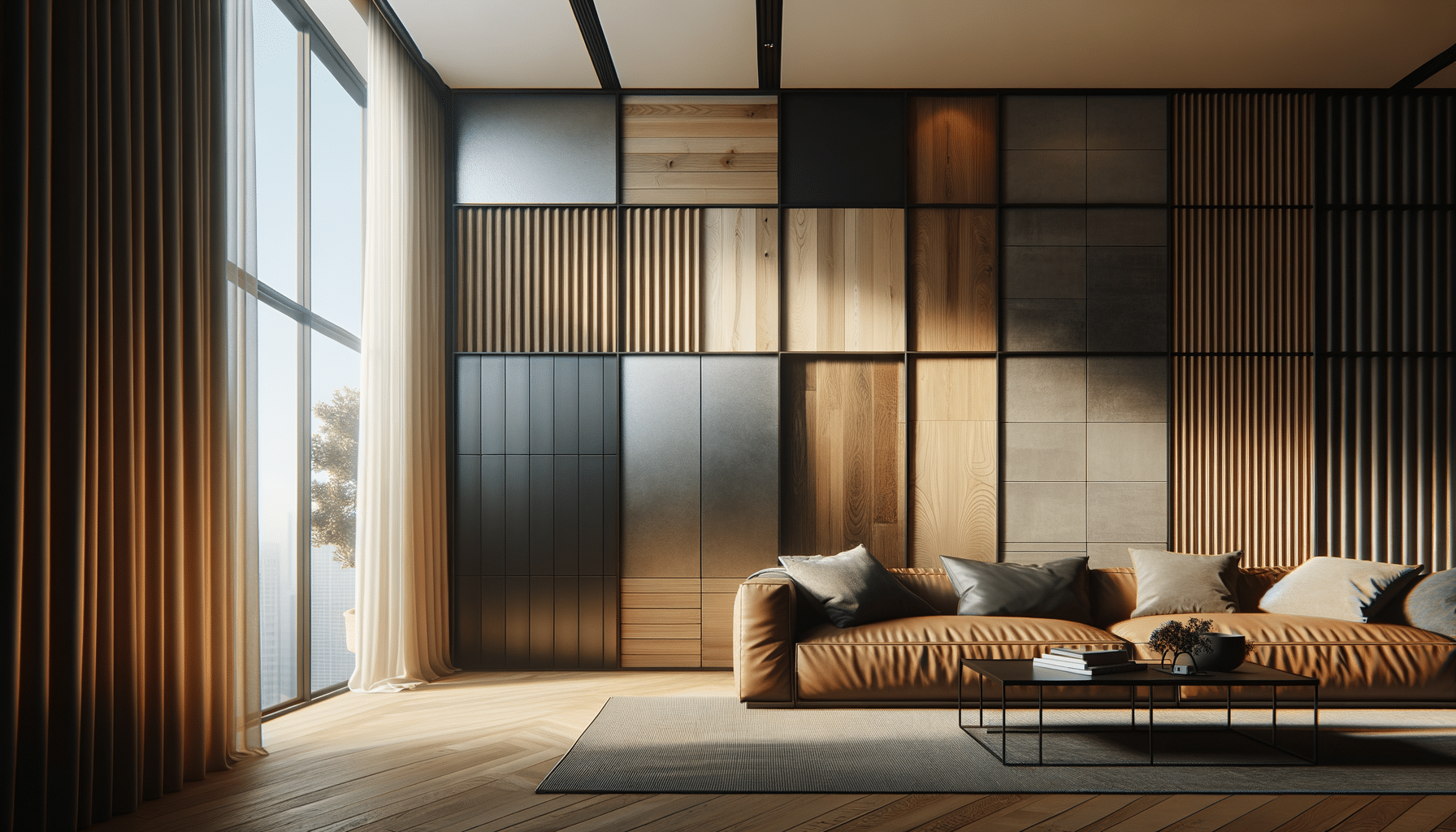
Exploring the Rise of Prefab Homes in Modern Living
Introduction to Prefab Homes
Prefab homes, short for prefabricated homes, are revolutionizing the way we think about housing. These homes are manufactured off-site in advance, usually in standard sections that can be easily shipped and assembled. The rise in popularity of prefab homes can be attributed to their cost-effectiveness, speed of construction, and sustainable nature. As urban spaces become more crowded and housing demands grow, prefab homes offer a flexible and efficient solution.
These homes cater to various tastes and needs, ranging from compact eco-friendly designs to luxurious, spacious dwellings. Prefab homes are not only reshaping residential landscapes but also redefining the construction industry with their innovative building techniques. This article delves into the multifaceted world of prefab homes, exploring their benefits, challenges, and future potential in the housing market.
The Benefits of Prefab Homes
One of the most compelling advantages of prefab homes is their cost efficiency. By manufacturing components in a controlled factory environment, builders can reduce waste and streamline production, leading to significant savings. The assembly process is faster compared to traditional construction, often taking just a few weeks. This speed not only reduces labor costs but also allows homeowners to move in sooner.
Another significant benefit is sustainability. Prefab homes often incorporate eco-friendly materials and energy-efficient systems, reducing their environmental footprint. Many manufacturers focus on sustainable practices, utilizing renewable energy sources and materials that minimize waste. This makes prefab homes an attractive option for environmentally conscious buyers.
Moreover, the flexibility and customization options available with prefab homes are extensive. Homeowners can choose from a variety of designs, layouts, and finishes, tailoring their homes to meet specific needs and preferences. This level of personalization is often difficult to achieve with traditional construction methods.
Challenges and Considerations
Despite their advantages, prefab homes are not without challenges. One of the main concerns is the perception of quality. Some potential buyers may associate prefab homes with lower quality, despite advancements in manufacturing techniques that ensure durability and high standards.
Additionally, zoning laws and building codes can pose hurdles. Regulations vary by location, and some areas may have restrictions that complicate the installation of prefab homes. It is crucial for prospective homeowners to research local regulations thoroughly before committing to a prefab home.
Transportation of the prefab sections can also be a logistical challenge. The size and weight of the components may require special permits or transportation methods, which can add to the overall cost and complexity.
Prefab Homes and Modern Living
In today’s fast-paced world, prefab homes offer a solution that aligns with modern living needs. The ability to quickly construct a home without sacrificing quality or aesthetics is particularly appealing to younger generations. Many urban dwellers are attracted to the minimalistic and sustainable lifestyle that prefab homes promote.
The integration of smart home technology is another aspect where prefab homes excel. These homes can be designed with the latest in smart technology, offering homeowners enhanced control over their living environment. Features such as automated lighting, climate control, and security systems can be seamlessly incorporated.
Prefab homes also cater to the growing trend of remote workspaces. With more people working from home, having a dedicated office space is becoming a necessity. Prefab homes can be customized to include these functional spaces, enhancing productivity and comfort.
The Future of Prefab Homes
The future of prefab homes looks promising as technology and design continue to evolve. Innovations in materials and construction processes are likely to make these homes even more efficient and affordable. As urbanization continues to rise, prefab homes will play a crucial role in addressing the housing needs of the future.
Furthermore, the global push towards sustainability will drive demand for eco-friendly housing solutions. Prefab homes, with their reduced environmental impact, are positioned to meet this demand. As more consumers prioritize sustainability, the market for prefab homes is expected to grow.
In conclusion, prefab homes offer a glimpse into the future of housing—one that is efficient, sustainable, and adaptable to the changing needs of society. As they gain acceptance and popularity, prefab homes are set to become a mainstay in modern living.


